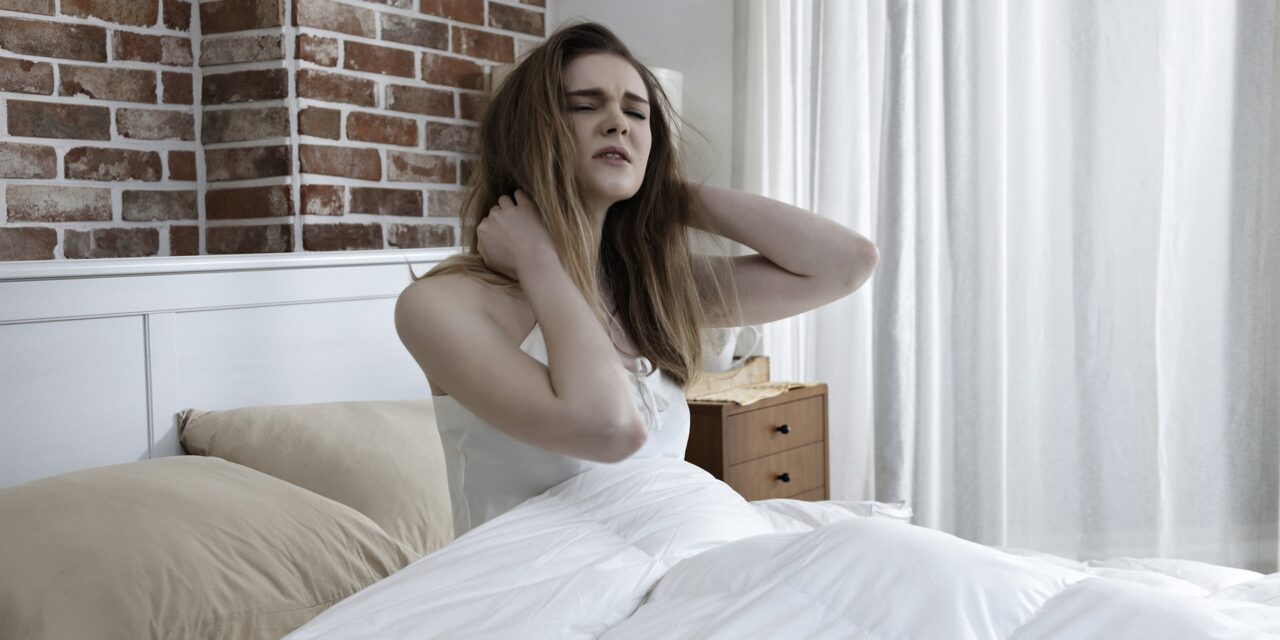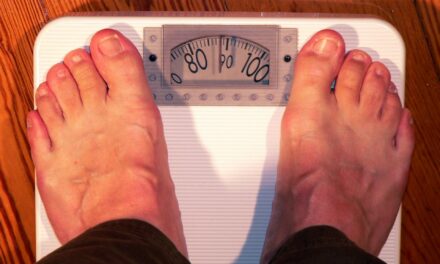If you are looking to find out more about a sleep disorder called sleep apnoea, then you might have come across two common terms, which are central sleep apnoea and obstructive sleep apnoea. But what is the difference between the two?
There are so many different things to learn about sleep apnoea, and this can be a little bit overwhelming at times, but we are going to break it down for you in this article, starting by telling you everything that you need to know about these two types of sleep apnoea.
So, if you want to find out more about the difference between central sleep apnoea and obstructive sleep apnoea, then you have come to the right place. Just keep reading to find out more.
Central Vs Obstructive Sleep Apnoea
Central sleep apnoea and obstructive sleep apnoea are both different types of sleep apnoea that a person can be diagnosed with. While they are both types of the same condition, they do not mean the same thing. We are going to take a look at the difference between central and obstructive sleep apnoea below.
What is Obstructive Sleep Apnoea?
Obstructive sleep apnoea is when your upper airway becomes partly or completely blocked when you are asleep. This will cause your chest muscles and diaphragm to have to work even harder to open up the blocked airway and allow you to breathe.
There are some things that you can do to help when you have this type of sleep apnoea, like avoiding alcohol before bed, trying to lose some weight, and taking measures so that you sleep on your side instead of your stomach or back. If you are someone that is overweight, then one of the best things that you can do to help with your sleep apnoea is to lose weight, as it can have various benefits.
Due to the fact that overweight people are more prone to develop sleep apnoea, when you do lose weight, you can help to reduce your risk factor. It has also been proven that it is possible to reduce your respiratory disturbance index by up to 26% if you were to lose around 10% of your weight. Some of the other benefits of losing weight when you have obstructive sleep apnoea are lowering your blood pressure, decreasing your RDI, improving your snoring and overall sleep, and more.
The treatment for obstructive sleep apnoea will depend on how severe your condition is. For people that have mild sleep apnoea, there are many treatment options available. However, if you have more moderate to severe sleep apnoea, then you are more likely going to need CPAP, or Continuous Positive Airway Pressure therapy.
What is Central Sleep Apnoea?
With central sleep apnoea, you will have a lack of respiratory movements due to the brain failing to send the right signals to the muscles that are associated with breathing. This would cause your breathing to be interrupted throughout the night, meaning that the body and brain are not able to get enough oxygen when you are asleep.
It is possible for central sleep apnoea to occur due to other health conditions that a person has, like metabolic diseases, trauma, heart failure, stroke, or brain tumours. Unlike obstructive sleep apnoea, you are not physically unable to breathe, but your brain is not telling your muscles to breathe, which means that you don’t.
Central Vs Obstructive Sleep Apnoea
Central sleep apnoea is not as common as obstructive sleep apnoea, but it is just as important to be aware of. The symptoms of both of these conditions are also very similar. However, those that have central sleep apnoea don’t always have the same level of snoring as people with obstructive sleep apnoea.
If you are looking to find out the difference between these two types of sleep apnoea, then you should know that:
- Central sleep apnoea is something that happens when your brain does not send the right signals to the muscles that control your breathing.
- Obstructive sleep apnoea is when you are unable to breathe normally when you are asleep due to an upper airway obstruction.
While these two types of sleep apnoea are very different, they are both equally as serious as one another. In order to improve the symptoms of sleep apnoea, you will require treatment, but the treatments that you need will vary depending on which type of sleep apnoea you have, and how severe it is.
What is Complex Sleep Apnoea?
Complex sleep apnoea is diagnosed for those people that have both central and obstructive sleep apnoea. If the sleep apnoea symptoms are presented as characteristics of both of these types of sleep apnoea, then complex sleep apnoea is diagnosed. Complex sleep apnoea is something that is still being researched.
What Are the Symptoms of Sleep Apnoea?
The signs and symptoms of both obstructive sleep apnoea and central sleep apnoea can overlap at times, and this can make it more difficult for you to determine which type of sleep apnoea you have. Some of the most common symptoms of sleep apnoea are:
- When you stop breathing throughout the night, which another person may notice
- Snoring loudly in your sleep
- Gasping for air when you are asleep
- Experiencing headaches in the morning
- Finding it hard to stay asleep
- Feeling really tired throughout the day
- Finding it hard to pay attention when you are awake
- Feeling irritable during the day
The Risk Factors of Obstructive Sleep Apnoea
- Being overweight or obese
- Having a larger neck circumference
- A narrowed airway
- Being male
- Being a woman after menopause
- Getting older
- Having a family history of sleep apnoea
- Drinking alcohol or taking sedatives
- Smoking
- Nasal Congestion and difficulty breathing through your nose
Other medical conditions like congestive heart failure, high blood pressure, type 2 diabetes and Parkinson’s disease
The Risk Factors of Central Sleep Apnoea
- Being middle-aged or older
- Being a male
- Having a heart disorder
- Using narcotic pain medications, but especially long-acting ones such as methadone
- Having had a stroke in the past













